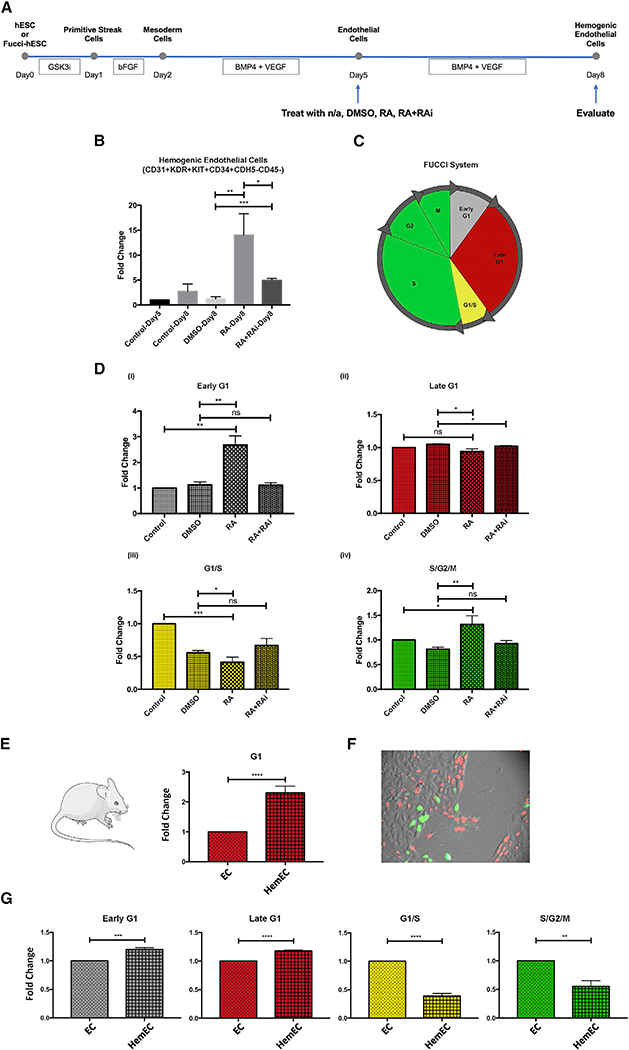Figure 4. RA Promotes Early G1 Cell Cycle State of hESC-Derived Endothelial Cells and Their Specification toward Hemogenic Endothelial Cells.
(A) Schematic representation of experimental design.
(B) RA induces differentiation of hemogenic endothelial cells; n = 3 for all groups. Student’s t test: p = 0.0068 (DMSO versus RA), p = 0.0005 (DMSO versus RA+RAi), p = 0.0218 (RA versus RA+RAi).
(C) Schematic representation of the cell cycle states observable using the FUCCI system.
(D) RA induces early G1 cell cycle enrichment in endothelial cells. Cell cycle distribution was measured by expression of the FUCCI reporter construct using flow cytometry; n = 3 for all groups. (i) Student’s t test: p = 0.0012 (control versus RA), p = 0.0019 (DMSO versus RA). (ii) Student’s t test: p = 0.0122 (DMSO versus RA), p = 0.0102 (DMSO versus RA+RAi). (iii) Student’s t test: p = 0.0002 (control versus RA), p = 0.0389 (DMSO versus RA). (iv) Student’s t test: p = 0.0355 (control versus RA), p = 0.0084 (DMSO versus RA).
(E) In E10.5 mouse AGM, significantly more hemogenic endothelial cells were in late G1 phase compared to non-blood-forming endothelial cells; n = 4 for all groups. Student’s t test: p < 0.0001.
(F) Picture of H9-FUCCI-hESC-derived endothelial cells. Original magnification, 20×.
(G) In hESC culture on D8, significantly more hemogenic endothelial cells were in early and late G1 compared to non-blood-forming endothelial cells; n = 3 for all groups. Student’s t test: p = 0.0005 (early G1), p < 0.0001 (late G1), p < 0.0001 (G1/S), p = 0.0016 (S/G2/M).
Data are represented as means ± SDs.

